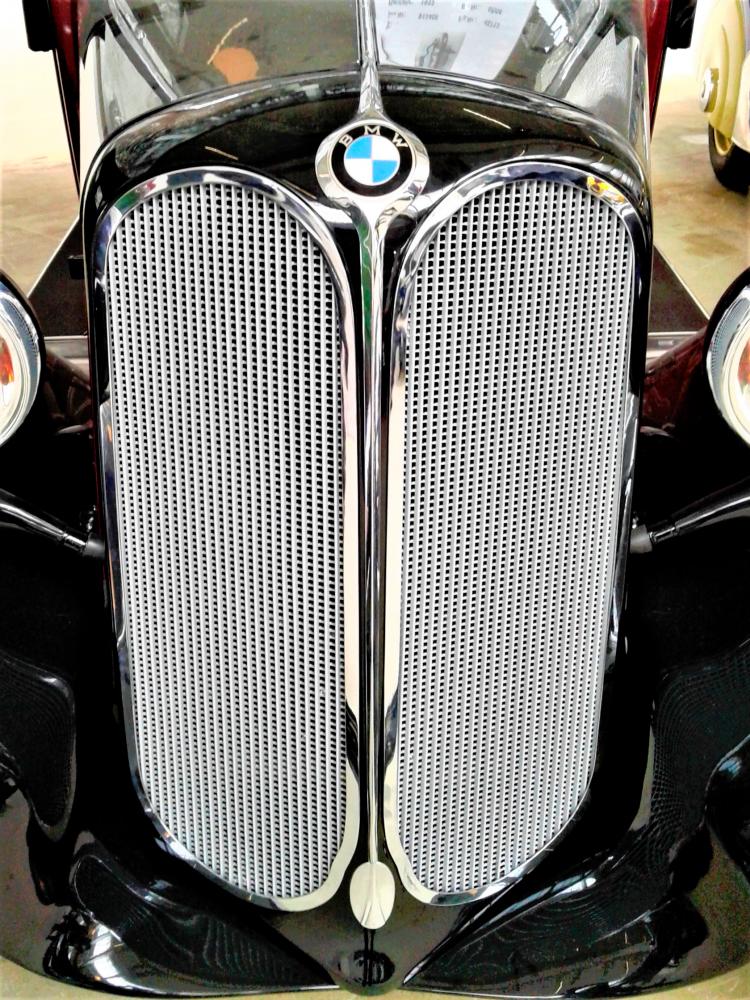THOSE BMW “kidney grilles” have long been a hallmark feature of every car by the German company. They remain the face of almost every vehicle from Bayerische Motoren Werke for almost 90 years and they evolve dynamically in design from innovation to innovation.
In the spirit of this unique heritage, BMW Group Malaysia takes a look at 10 design milestones of the signature kidney grilles and how they have adapted throughout the generations.
1. BMW 303 (1933)
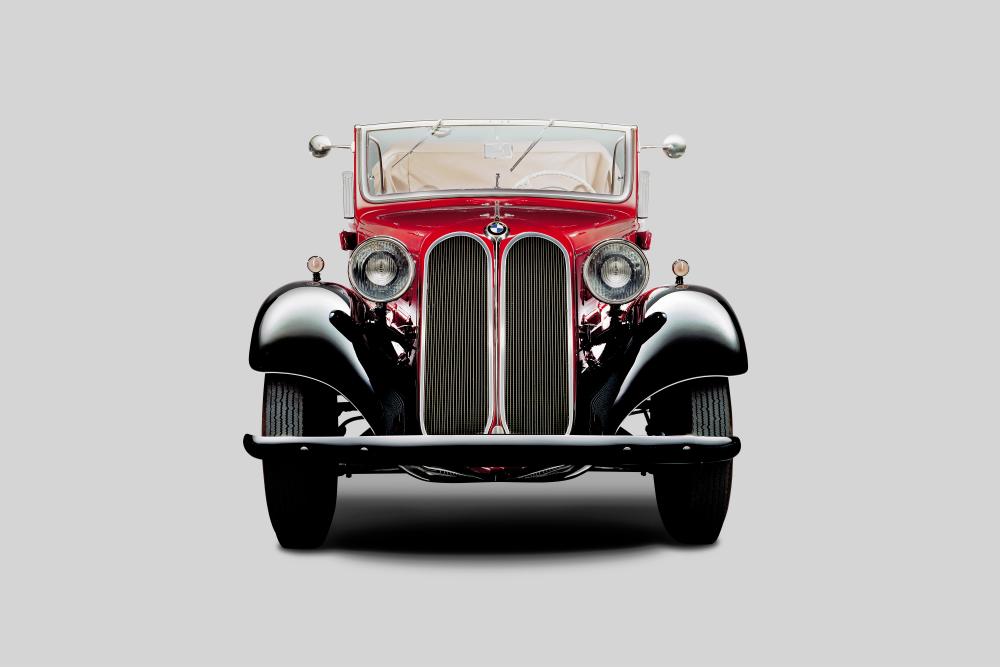
A milestone in BMW history in two respects, the 303 was the brand's first model with a six-cylinder engine and also the first to have the feature that still characterises every BMW almost 90 years later – air intake through a double-kidney grille.
While the centre bar-divided radiator masks may not have been ground-breaking in automotive design at the time, the car achieved a highly sculptural effect with the grille – rounded at the top and bottom, with the BMW emblem punctuated between the upper arches. The result was an ensemble with a high recognition value.
2. BMW 507 (1956)
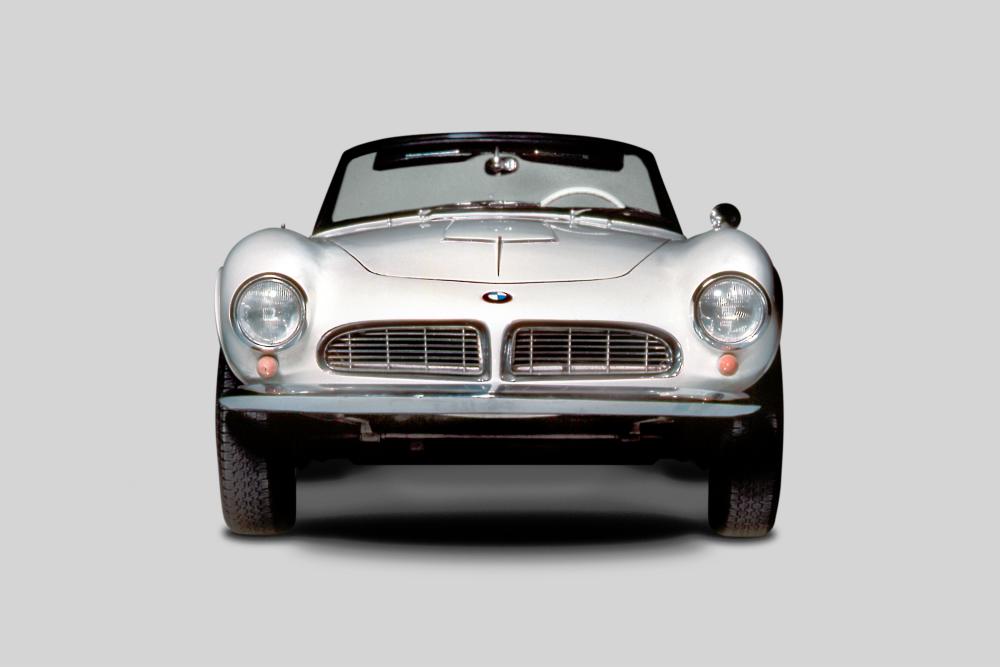
The 507 roadster was the first BMW to appear with two large, horizontally-mounted air intakes. The creator, Albrecht Graf von Goertz, expressed creative freedom with the design of the double-kidney, which BMW designers were not to take up again until the 1990s, with various design projects.
However, the large-format air intakes of the 507 were also necessary, as they were instrumental in providing the only source of fresh air for the radiator of the roaring V8 engine under the flat bonnet.
3. BMW 1500 (1961)
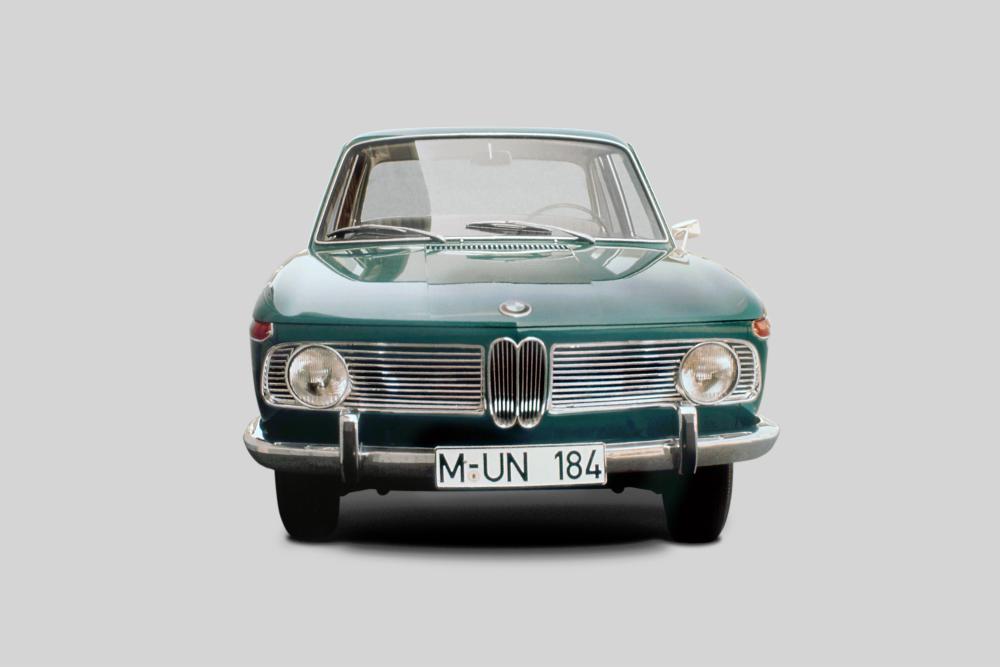
The “new class” mid-range models welcomed a new era for BMW in every aspect: technologically, commercially and aesthetically. The kidney grille of the 1500 were narrower than all previous BMW models and set between two horizontal grilles that spanned the whole car.
With its primary and secondary air grilles, the 1500 inspired the front-end design of the core BMW models up to the 1980s, which include the legendary BMWs 3.0 CS, CSi and CSL.
4. BMW M1 (1978)
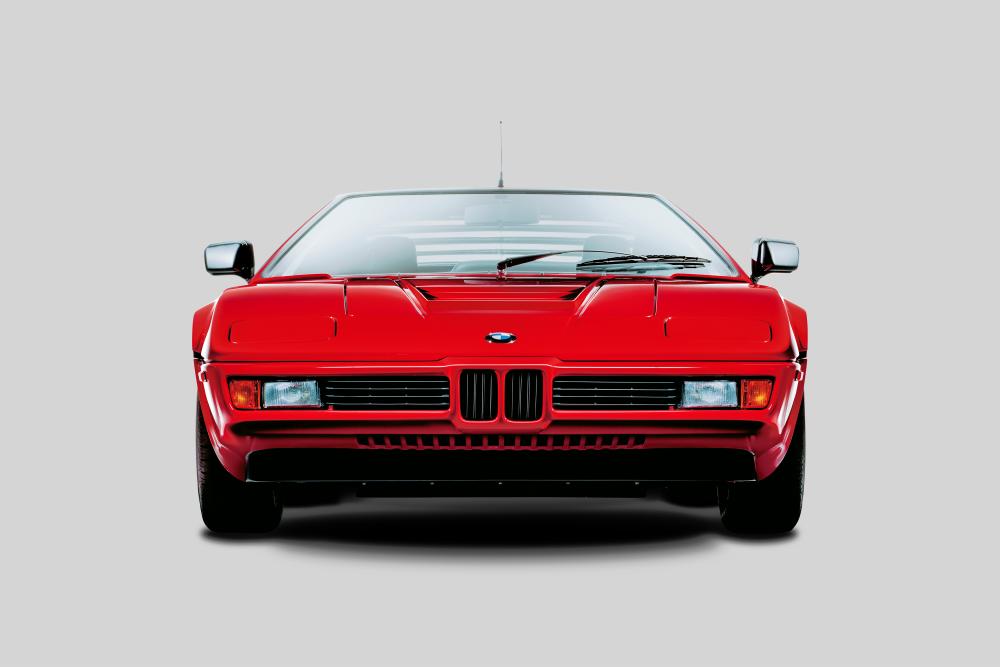
The first-ever official M-badged independent model, the M1 from 1978 is a special case in the design of the double-kidney. The deep-drawn front-end design cleverly incorporates ultra-flat air inlets, while still brandishing the characteristic kidneys as a defining feature of the brand. They are among the smallest examples ever to decorate a BMW.
The design of the double-kidney on the BMW M1 was taken up again in the front-end design of later BMW niche models, such as the Z1 (1988) and the 8 Series (1989).
5. BMW 3 Series (1990)
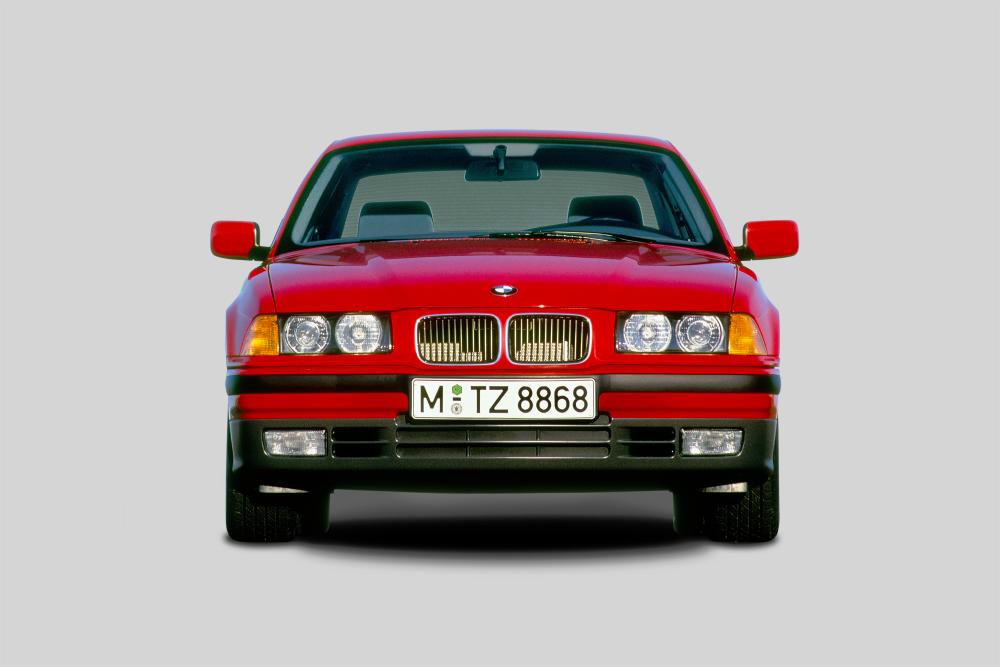
A further evolutionary leap followed in 1990 with the third-generation 3 Series – a flat and horizontally-mounted double-kidney design. Unlike in the first generations of the 3 Series, the two halves of the radiator ensemble were separated again. Rectangular with slightly rounded corners, the kidneys were separated from the headlamp bands not by grilles, but by surfaces of the car’s body.
This design is seen in many BMW models of the 1990s – from the 7 Series (1994) and the 5 Series (1995), through to the Z3 (1995) and the following-generation 3 Series (1998) and finally to the first two generations of the X5 SUV (1999).
6. BMW i3 (2013)
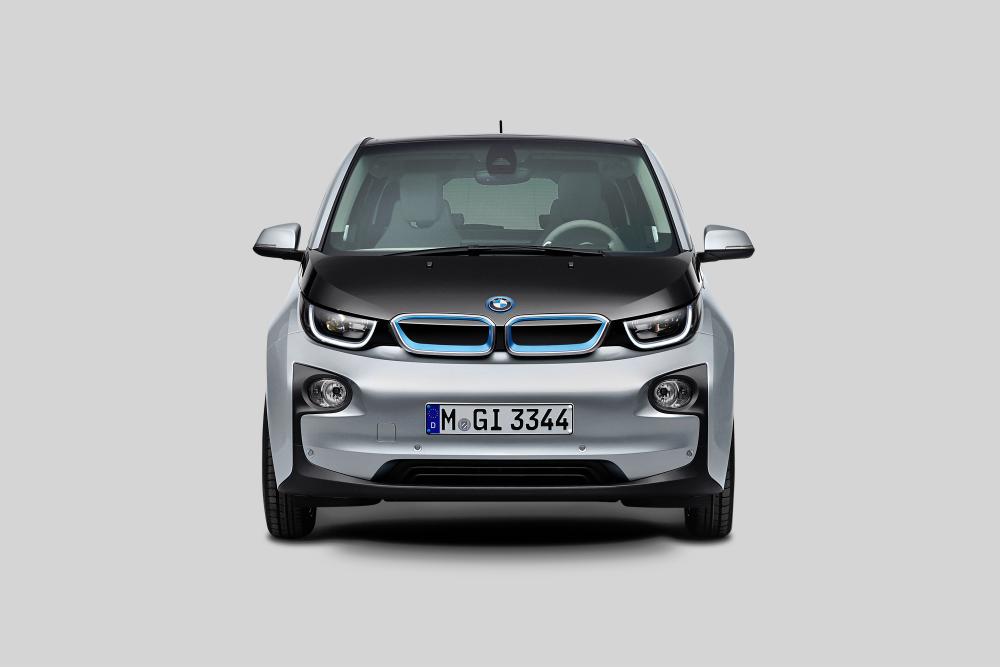
The front design of the electric i3 exemplifies one of the few occasions where the aesthetic function of the BMW kidneys takes centrestage. The flat, relatively wide double-kidney, with deliberately closed surfaces and blue accents, signifies its identity as both a BMW vehicle and also an innovative electric vehicle.
Aerodynamics of the i3 are also improved with the closed kidney grille and the design – similar to that of the i8 – serves as the inspiration for all future fully electric BMW models.
7. BMW 8 Series, Z4 (2018)
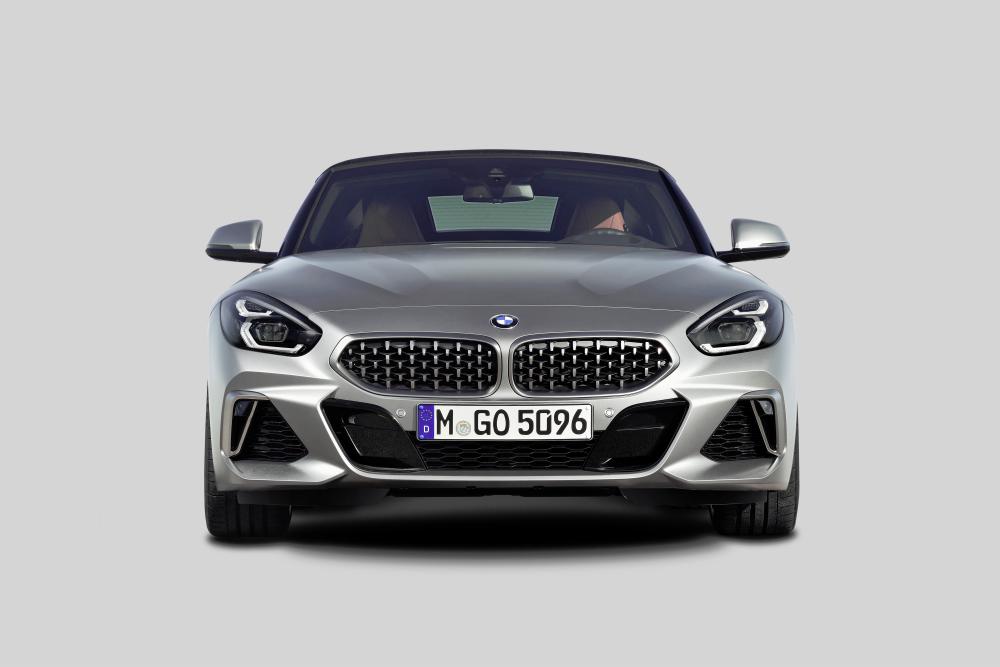
With two current high-performance vehicles by BMW, the 2018 double-kidney gains a new and relatively angular frame shape. The grilles – connected in the 8 Series and unconnected in the Z4 – now form horizontally-mounted, wide pentagons.
As in every newer BMW coupe, sportiness is emphasised by the kidneys “opening downwards”, providing a lower centre of gravity visually. Functionally, the kidney grille serve as secondary air intakes with an active air flap control system that closes as required to reduce air resistance. In the connected design, as seen in the 8 Series (and other models with tethered kidney), a camera for the driver assistance systems sits in the middle of the brace connecting the two halves of the kidney.
8. BMW 3 Series Saloon (2018)
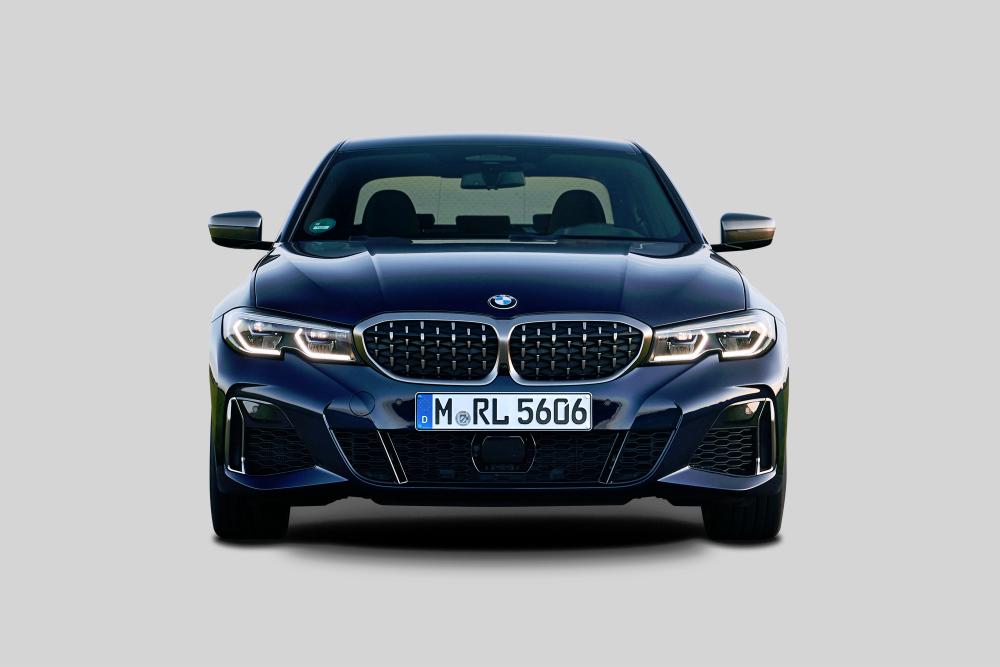
In the current 3 Series, the modern design of the double-kidney combines some familiar features (connected kidneys, directly connected headlamp surfaces, pentagonal frame shape) with new characteristics.
For example, the kidneys are positioned significantly higher than the upper edge of the headlamps, extending up into the bonnet above a bend. The upper edges of the headlamps are connected to each other by the edges in the kidneys, which have the same alignment.
A striking feature of the M Performance variants of the 3 Series is the replacement of the classic vertical kidney rods with small wedge shapes woven into the mesh structure.
The X7 and the current 7 Series each have double kidneys of similar design to the 3 Series, including the horizontal bend towards the top edge. However, in these two models they are much larger in size and much more striking.
9. BMW 4 Series Coupe (2020) – “A Bridge to The Future”
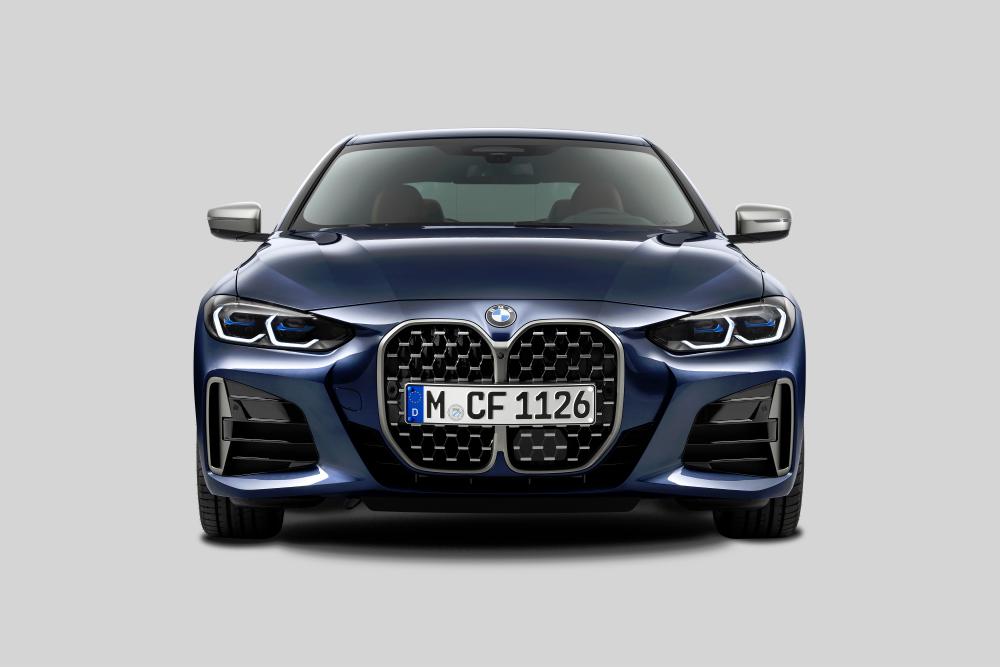
The most recent development of the double-kidney for series production vehicles celebrated its world premiere digitally in the BMW Group's design studio in Munich, in the historic halls of the BMW Group Classic and on the BMW Group's test site in Aschheim.
The focus was on the individual design features, which include the large, upright, and forward-leaning BMW kidney at the front of the car. A look back at BMW history shows just how much the new 4 Series Coupe is in the tradition of the brand's legendary sports cars. Outstanding classics such as the 328 Coupe from the 1930s and the 3.0 CS from the 1970s are part of BMW's fascinating coupe history, which is marked by prestige, driving pleasure and success on the racetrack, and is now being enriched by a further chapter.
For designer Seungmo Lim, who is responsible for the design language of the 4 Series Coupe, the design of the vertical double kidney is a bridge to the future. “We have a strong design history. A hallmark makes a car recognisable – and the double-kidney is one of our icons. Nevertheless, BMW design has to be reinterpreted and translated into the future again and again. To take this bold step forward, we have looked into our past for the new BMW 4 Series Coupe,” he said.
BMW Group Malaysia managing director Harald Hoelzl adds: “The new BMW 4 Series Coupe is the latest incarnation of the BMW brand’s enduring DNA. Boldly taking up the torch once held by many iconic BMW models throughout the ages, it continues the brand’s legacy of forward-thinking designs, paying an homage to the past with tomorrow's possibilities.”
10. BMW Vision iNEXT (2018), BMW Vision M NEXT (2019).
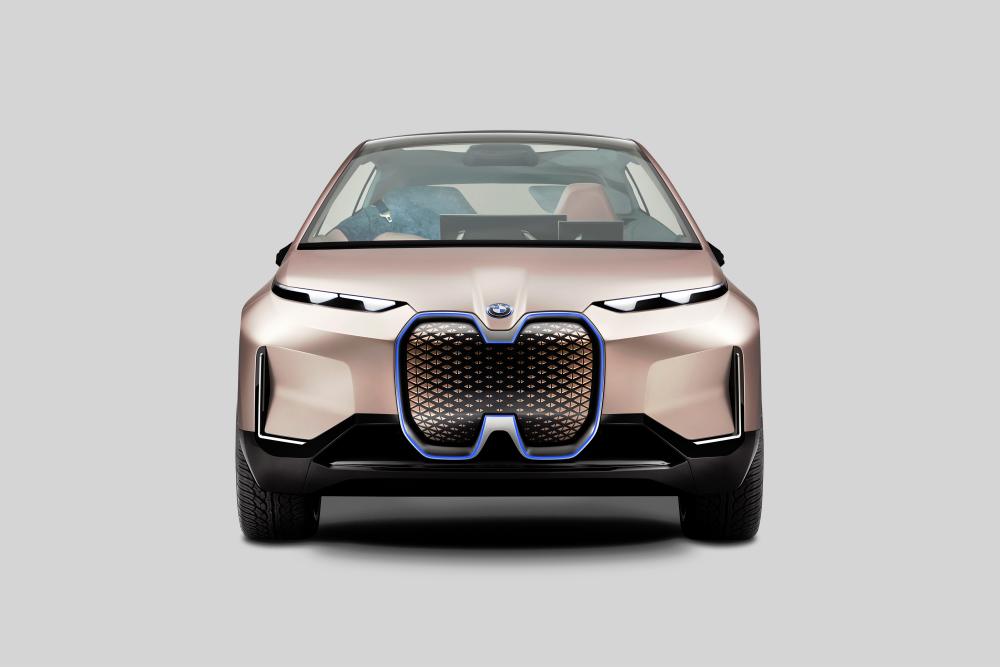
With two “Vision” cars, the BMW Group is offering a glimpse of what the brand's primary distinguishing feature might look like in future models. In the purely electric Vision iNEXT, the double-kidney turns out to be a further development of the i3 kidneys. Its closed surface houses sophisticated cameras, sensors, and other technologies for assisted and automated driving. Internally, this solution is also called “shy-tech” – high technology that works discreetly.
In the hybrid sports car, the Vision M NEXT, a sculpturally strong double kidney enclosed within glass emerges, with surfaces featuring engraved, stylised BMW logos. Illumination of the two kidneys incorporating a spectacular colour gradient projects a mesmerising three-dimensional effect – something that will not be seen for the last time in a BMW.



